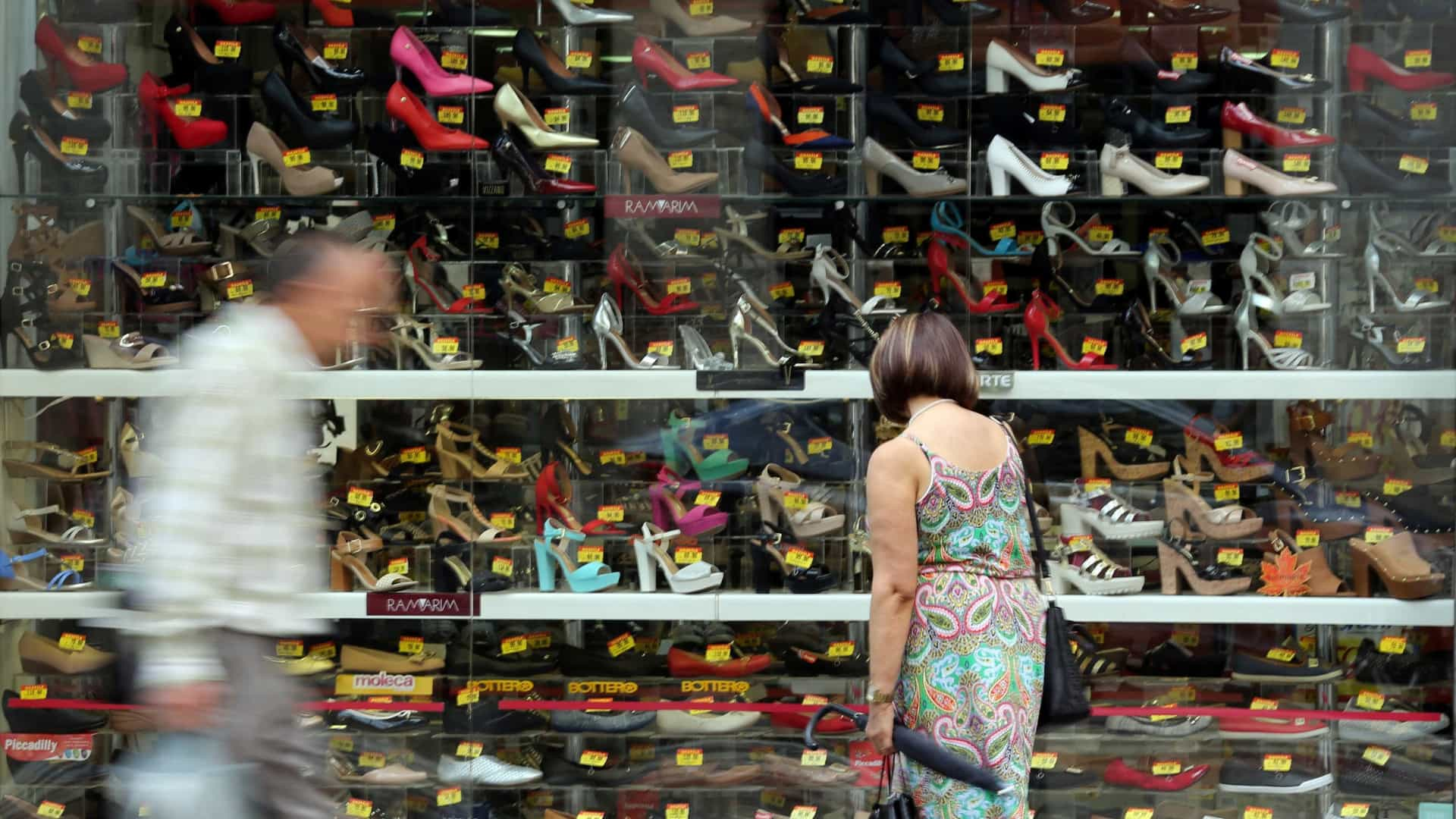RIO DE JANEIRO, BRAZIL – The Brazilian trade gained an additional 3,328 new stores in the first half-year, according to a survey released on Friday by the National Confederation of Trade in Goods, Services and Tourism (CNC).

The number refers to the difference between the opening and closing of commercial establishments with work posts and points to a slowdown in the pace of the sector’s upturn, which saw more than 220 thousand stores close in the country between 2015 and 2017.
The net number of store openings in the first six months of the year was below that recorded over the same period last year (4,999) and represents half of the openings in the second half of 2018 (6,730).
Among the retail segments, the hyper and supermarkets opened most new service points in the first half in absolute numbers (+2,716), followed by the household appliances and electronics stores (+450) and the pharmacy, drugstore, and perfume industry (+397). Construction materials stores, however, closed the most (-456). The result was also negative for furniture and home appliances (-162), information technology and communication (-68) and fuels and lubricants (-58).
Regionally, the states that opened the most stores from January to July were São Paulo (+1,134), Paraná (+713) and Mato Grosso (+576). On the other hand, Rio de Janeiro (-110), Bahia (-260) and Ceará (-313) closed establishments.
For the CNC, the slowdown in the opening of new stores is “a reflection of the low activity level in the first half of 2019”.
“The crisis in Brazilian retail began in 2014, when sales shrank for the first time in eleven years (-1.7 percent) compared to the previous year, according to the IBGE’s Monthly Trade Survey. In the two following years, the picture worsened, with trade showing real losses of 8.6 percent and 8.7 percent in 2015 and 2016, respectively. As a result, the sector experienced a 20 percent retraction in sales volumes in those three years,” notes the confederation.

